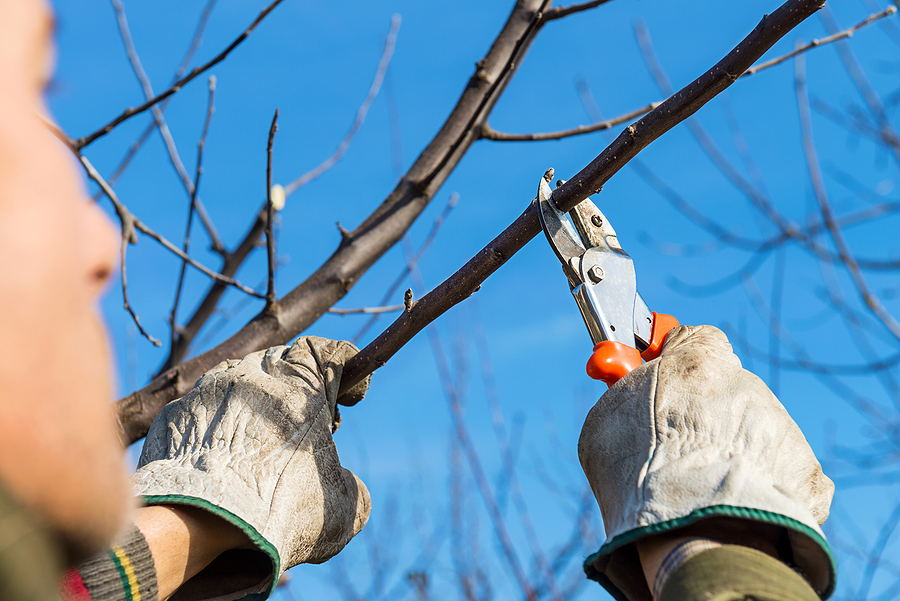As the frost of winter melts away, revealing the earth once more, Indiana springs to life with an explosion of green. Trees, those steadfast sentinels of our yards and neighborhoods, begin their annual revival, budding and blooming to paint the landscape with life. However, the transition from the cold, dormant months to the vibrant energy of spring is a critical time for our arboreal friends. In this guide, we’ll walk you through essential tips and techniques to ensure your trees not only survive but thrive during Indiana’s spring season.
From understanding the specific needs of your trees to preemptive care to protect them from pests and diseases, we’ve got you covered. Whether you’re a seasoned gardener or a newcomer wanting to foster a greener environment around your home, this guide will equip you with the knowledge to keep your trees healthy and robust.

Understanding Your Trees’ Needs
Before diving into specific care techniques, it’s crucial to have a solid understanding of the types of trees you have in your yard. Each species has its unique characteristics and requirements, so taking the time to research and identify your trees can go a long way in keeping them healthy. For example, some trees may require more frequent watering, while others may be more sensitive to certain types of pests. Once you know what type of tree you have, you can better tailor your care routine and anticipate any potential issues.
Common Tree Species in Indiana
Maple Trees: These deciduous trees are known for their iconic broad leaves and vibrant fall colors. They require moderate watering and benefit from regular pruning to promote healthy growth.
Oak Trees: With over 20 species found in Indiana, oak trees are a prevalent tree type in the state. They have deep root systems and can withstand harsh weather conditions, making them low maintenance overall. However, keep an eye out for signs of oak wilt disease, which can be fatal to these trees.
Dogwood Trees: These popular ornamental trees are known for their delicate, showy flowers in the spring. They prefer well-draining soil and should be watered regularly during prolonged dry spells.
Walnut Trees: Found in both urban and rural areas, walnut trees are known for their valuable wood and edible nuts. They require regular pruning to maintain a strong, healthy structure.
Ash Trees: This tree species is facing a significant threat from the Emerald Ash Borer, an invasive beetle that has killed millions of ash trees across North America. If you have an ash tree, it’s crucial to implement preventative measures and monitor for signs of infestation.
Conifer Trees: These evergreen trees, such as pine, spruce, and fir, are common in Indiana and can be found throughout the state. They provide year-round greenery and require minimal care aside from regular watering during dry spells.
Preemptive Care: Pruning and Mulching
One of the most critical steps in ensuring healthy trees is proper pruning and mulching. As spring approaches, it’s crucial to remove any dead or damaged branches from your trees. These can be potential entry points for diseases and pests, ultimately harming the overall health of the tree. Additionally, pruning helps to shape the tree and promote proper growth patterns. Mulching also plays a vital role in keeping your trees healthy by retaining moisture and suppressing weeds that can compete with the tree’s root system for nutrients. But do not over-mulch, as this can lead to moisture and air circulation issues.
Protecting Against Pests and Diseases
Spring brings new life, but it also brings an abundance of pests and diseases that can harm your trees. As you inspect your trees for pruning, keep an eye out for any signs of infestations or infections. Common pests in Indiana include emerald ash borers, Asian long horned beetles, and gypsy moths. If you suspect an infestation or infection, contact a professional arborist to assess the situation and provide treatment options. Additionally, maintaining proper care practices, such as watering and mulching, can also help prevent these threats.
Conclusion
By understanding your trees’ specific needs, implementing preemptive care techniques, and protecting against pests and diseases, you can help keep your trees healthy during Indiana’s spring season. Remember to regularly inspect and maintain your trees throughout the season to catch any issues early on. With proper care, your trees will continue to beautify your surroundings for years to come.
Are your landscaping trees in need of some professional attention this spring? Contact Complete Tree Care at 317-783-2518 for licensed and insured tree service in Indianapolis, Indiana. We serve residential and commercial clients with comprehensive tree care solutions.
Related Posts:
How Regular Tree Maintenance Can Enhance Your Curb Appeal
Essential Tree Care Tips to Get Your Spring Started
Spring Tree Pruning: A Complete Guide for Gardeners
